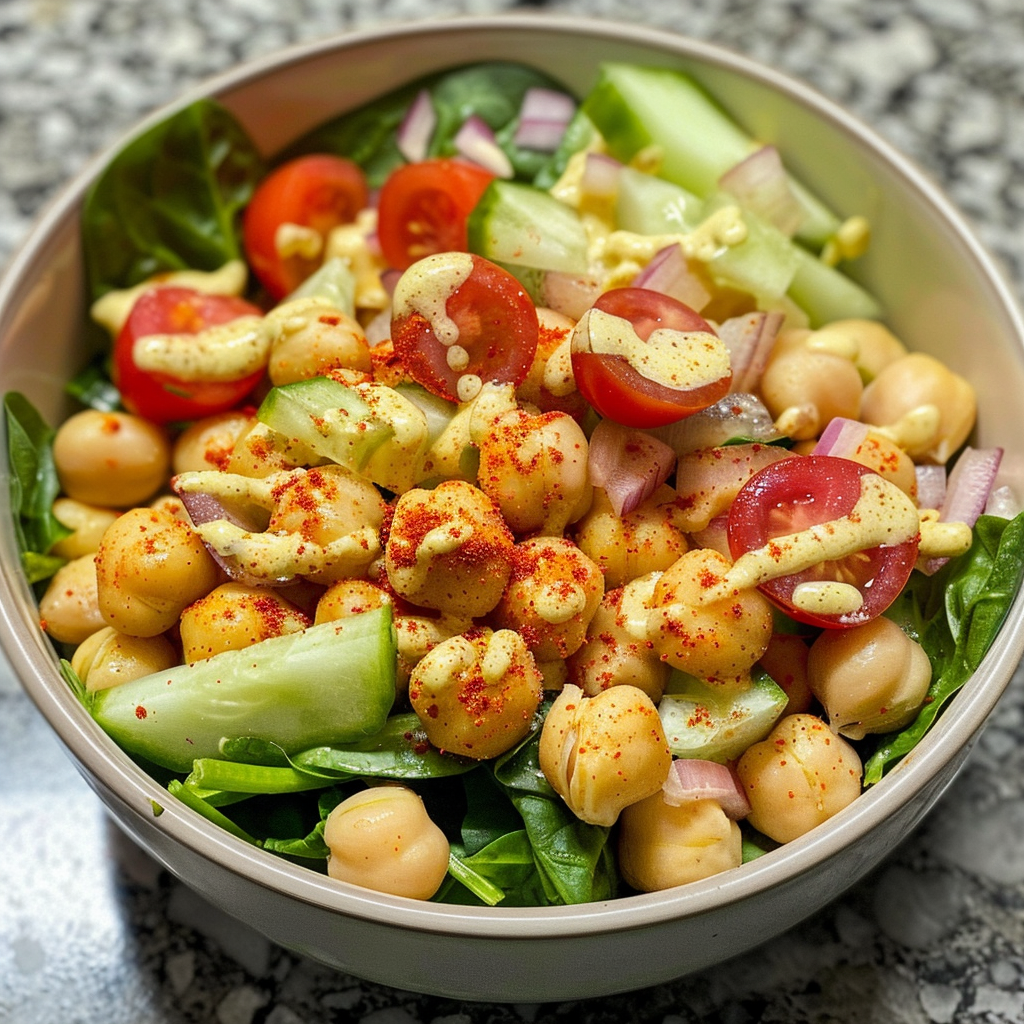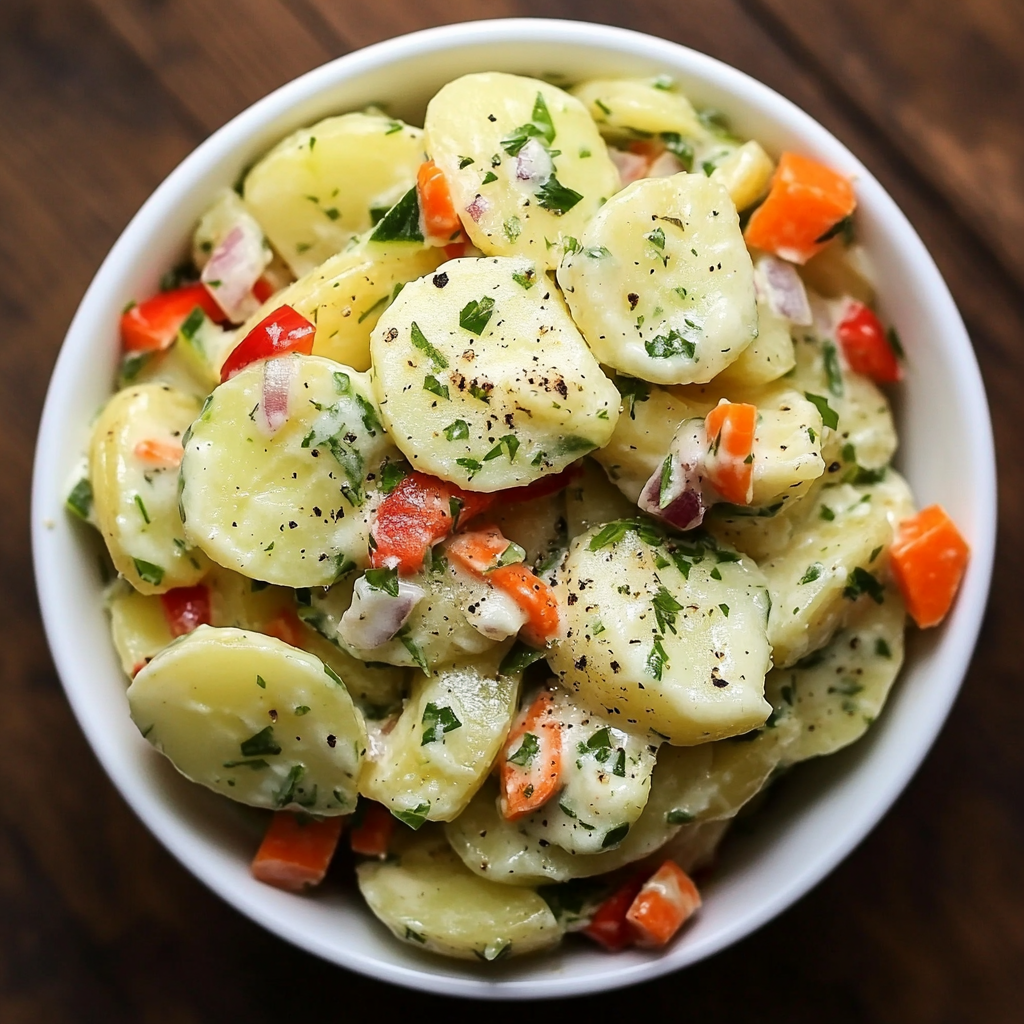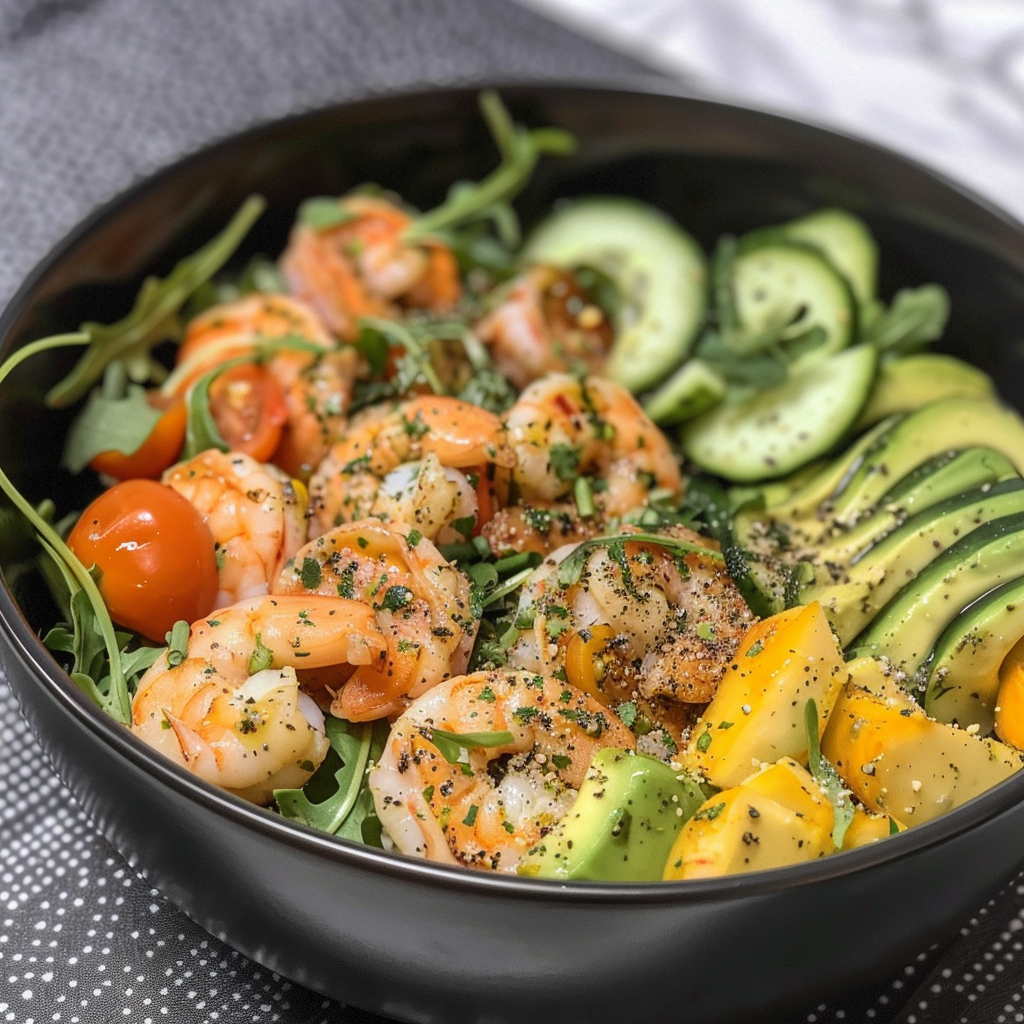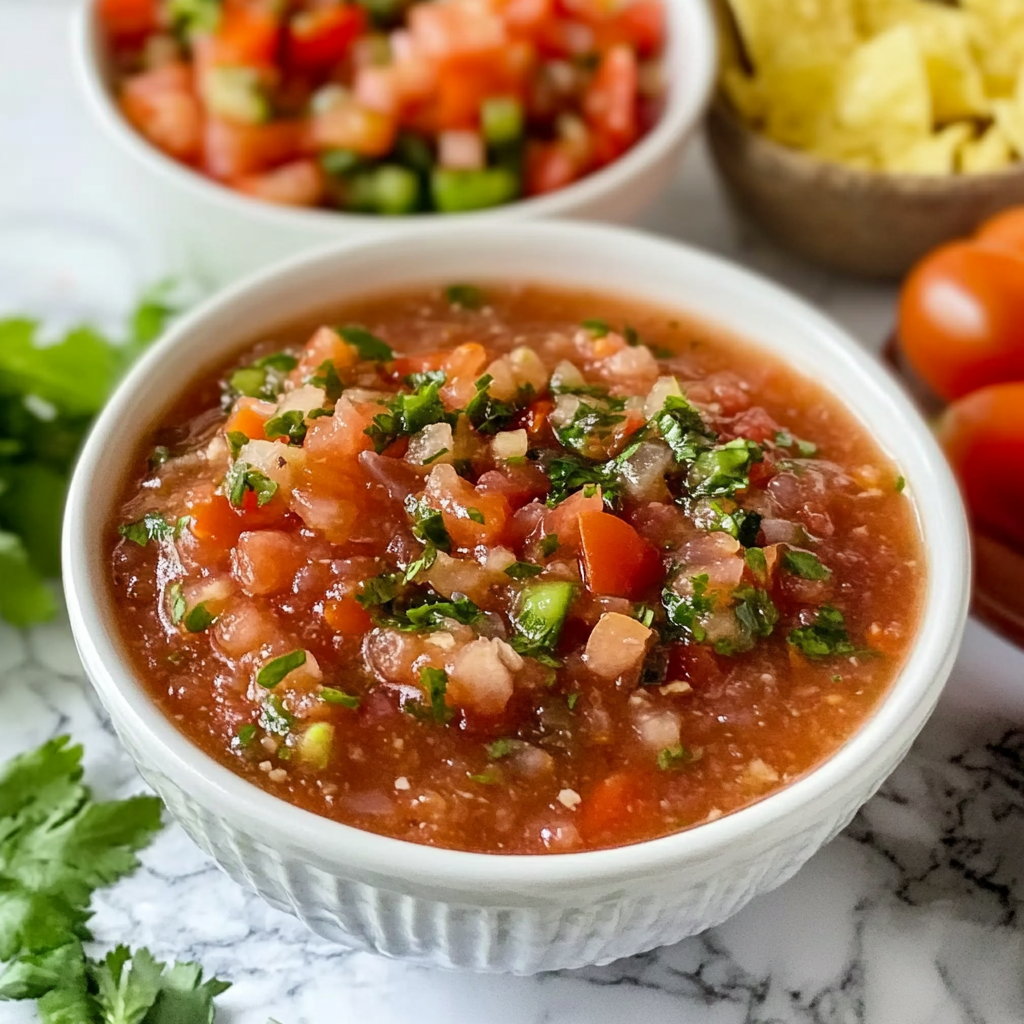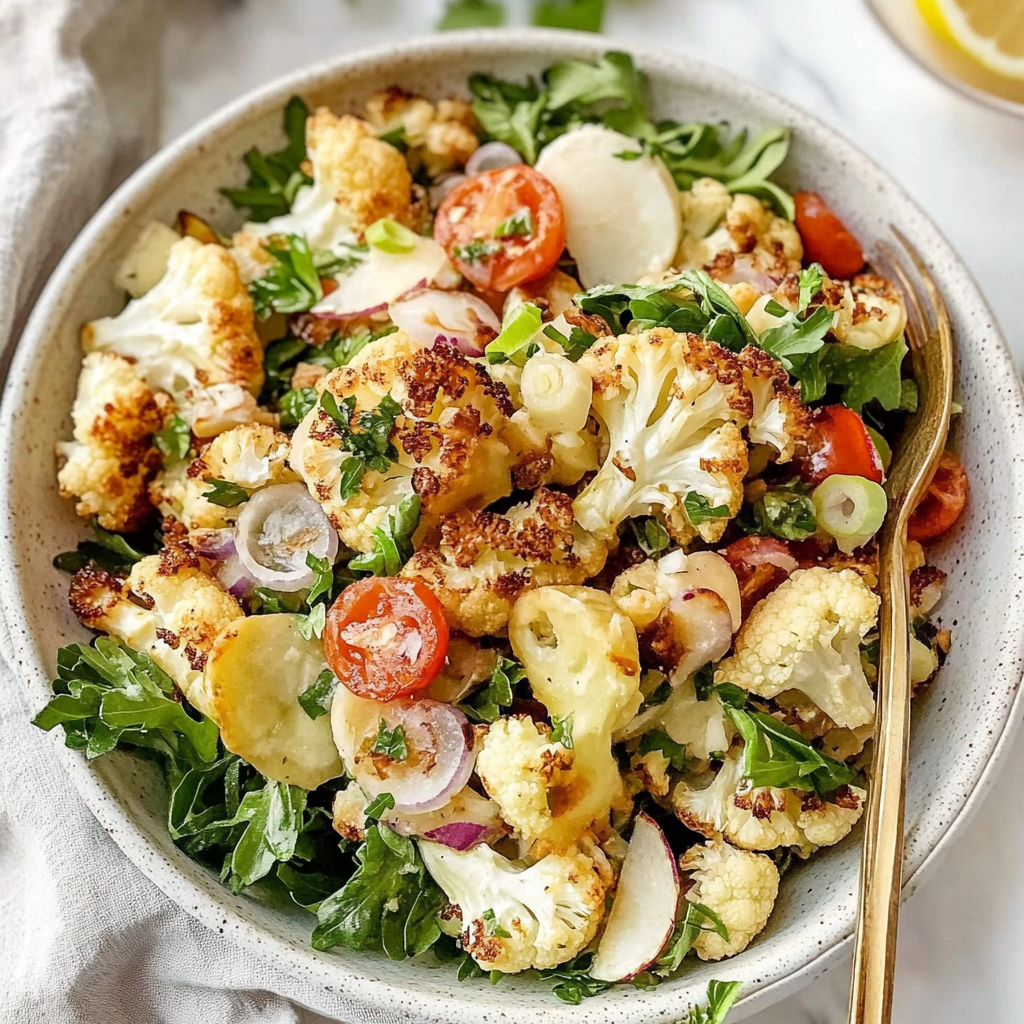Sharing is caring!
Turmeric Salad Recipe
Why You’ll Love Turmeric Salad?
Turmeric salad is a vibrant, nutrient-packed dish that brings together bold flavors and incredible health benefits. Perfect for anyone looking to boost their gut health or add a colorful twist to their meals, this salad is as delicious as it is nutritious. Whether you’re prepping a quick lunch or a refreshing side for dinner, turmeric salad fits seamlessly into any meal plan. Plus, it pairs wonderfully with dishes like Greek shrimp saganaki for a complete, flavorful feast.
Table of Contents
- Ingredients to make Turmeric Salad
- Time needed to make turmeric salad?
- Quick Steps to Make Turmeric Salad ?
- Is turmeric salad healthy and nutritious ?
- Can I make turmeric salad healthier and still delicious?
- How to Serve Turmeric Salad?
- Avoid These Mistakes
- The best way to store leftover turmeric salad
- Ready to give turmeric salad a try?
- Frequently Asked Questions
Ingredients to make Turmeric Salad
- 2 cups mixed greens (spinach, kale, or arugula)
- 1 cup shredded carrots
- 1/2 cup thinly sliced cucumber
- 1/4 cup red cabbage, finely chopped
- 1/4 cup cherry tomatoes, halved
- 1/4 cup red onion, thinly sliced
- 1 tbsp fresh turmeric, grated (or 1 tsp ground turmeric)
- 1 tbsp fresh ginger, grated
- 2 tbsp extra virgin olive oil
- 1 tbsp apple cider vinegar
- 1 tsp honey or maple syrup (optional)
- 1/4 tsp black pepper (enhances turmeric absorption)
- 1/4 cup toasted almonds or walnuts (optional for crunch)
- Salt to taste
Notes:
– For a protein boost, add grilled chicken, chickpeas, or tofu.
– Substitute apple cider vinegar with lemon juice if preferred.
– Adjust sweetness and spice levels to taste.
Time needed to make turmeric salad?
This vibrant turmeric salad comes together in just 20 minutes—perfect for busy weeknights or meal prep. Here’s the breakdown:
- Prep time: 15 minutes (chopping veggies, whisking dressing)
- Cook time: 5 minutes (toasting seeds or nuts if desired)
- Total time: 20 minutes
For a quicker version, skip toasting and use pre-shredded veggies. Need more time-saving ideas? Check out our grilled shrimp bowl for another 20-minute meal.
Quick Steps to Make Turmeric Salad ?
Step 1: Prep Your Fresh Ingredients
Wash and chop all vegetables—cucumber, cherry tomatoes, red onion, and leafy greens—into bite-sized pieces. For extra crunch, consider adding shredded carrots or bell peppers.
Step 2: Whisk the Turmeric Dressing
In a small bowl, combine olive oil, lemon juice, grated fresh turmeric (or ground turmeric), minced garlic, honey, salt, and black pepper. Whisk until smooth and emulsified.
Step 3: Toss the Salad Base
Place all chopped veggies in a large mixing bowl. Add chickpeas or quinoa for protein if desired. Drizzle half the dressing and gently toss to coat evenly.
Step 4: Add Toppings for Texture
Sprinkle toasted nuts (almonds or walnuts), seeds (pumpkin or sunflower), and fresh herbs (cilantro or parsley) over the salad for extra flavor and crunch.
Step 5: Final Drizzle & Serve
Pour the remaining dressing over the assembled turmeric salad. Toss lightly once more and serve immediately for maximum freshness. Pair with grilled shrimp or salmon for a heartier meal.
Is turmeric salad healthy and nutritious ?
Turmeric salad is packed with health benefits, thanks to its star ingredient—turmeric. This golden spice contains curcumin, a powerful anti-inflammatory compound that supports gut health and immunity. Combined with fresh vegetables, lean proteins, and healthy fats, this dish becomes a nutrient powerhouse.
A typical serving of turmeric salad provides around 200-250 calories, with a balanced mix of macros: 10g of protein, 15g of healthy fats, and 20g of complex carbs. It’s also rich in fiber, vitamins A and C, and antioxidants. For a deeper dive into gut-friendly meals, check out our keto shrimp salad or explore golden seared salmon for another anti-inflammatory option.
External resources like The Stay at Home Chef highlight the benefits of turmeric in recipes, while Cooked by Julie offers plant-based variations for added inspiration.
Can I make turmeric salad healthier and still delicious?
Absolutely! This vibrant turmeric salad is already packed with gut-friendly ingredients, but you can easily tweak it to suit different dietary needs without sacrificing flavor. Here are some smart swaps to make it even healthier:
Lighter Dressing Options
Instead of olive oil, try using avocado oil for higher smoke point benefits or cut the oil quantity in half by adding a splash of water or citrus juice. For a creamy version without dairy, blend soaked cashews with turmeric and lemon – it creates a luscious, keto-friendly dressing that pairs beautifully with the salad.
Boost the Protein
Add grilled shrimp or chickpeas for plant-based protein. The spicy grilled shrimp recipe works particularly well here, adding both texture and metabolism-boosting capsaicin. For vegans, roasted chickpeas provide crunch and fiber while keeping it hearty.
Reduce Oxalates Naturally
If you’re watching oxalate intake, swap spinach for steamed kale or Swiss chard. These greens offer similar nutritional benefits with lower oxalate content. Adding a squeeze of lemon helps increase mineral absorption too.
Lower-Carb Alternatives
For a keto version, replace carrots with zucchini ribbons and add more healthy fats like avocado slices or toasted pumpkin seeds. The seeds add a wonderful crunch while providing magnesium – a perfect complement to turmeric’s benefits.
Remember, the key to keeping turmeric salad delicious while making it healthier is balancing flavors and textures. A little creativity with ingredients goes a long way in maintaining that signature golden goodness!
How to Serve Turmeric Salad?
This vibrant turmeric salad pairs beautifully with grilled proteins like spicy grilled shrimp or golden seared salmon for a complete meal. For a plant-based option, try serving it alongside Cuban black beans or braised short ribs for contrasting textures.
Garnish with extra fresh herbs, toasted nuts, or a drizzle of tahini for added richness. The salad also makes a fantastic filling for wraps or pita pockets when you need an on-the-go lunch option.
For beverage pairings, try an iced turmeric latte or spiced pumpkin apple cider to complement the warm flavors. In warmer months, a citrus-infused sparkling water provides the perfect refreshing contrast.
Avoid These Mistakes
Making a perfect turmeric salad requires attention to detail. Here are common pitfalls and how to avoid them:
Overdosing on Turmeric
While turmeric adds vibrant color and anti-inflammatory benefits, too much can make your salad bitter. Stick to 1-2 teaspoons per serving. For more on balancing flavors, check out our guide on spice pairing techniques.
Skipping the Fat
Turmeric’s active compound, curcumin, needs fat for proper absorption. Always include olive oil, avocado, or nuts. Learn about fat-soluble nutrient optimization from this vegan recipe resource.
Using Stale Ingredients
Fresh greens and crisp veggies make all the difference. If your produce is wilting, try reviving it with our vegetable refresh tricks from this keto salad recipe.
Neglecting Acid Balance
A good turmeric salad needs citrus or vinegar to cut through earthy flavors. For inspiration, see how acid components enhance dishes in these dessert recipes.
Rushing the Marination
Letting your salad sit for 15-20 minutes allows flavors to meld. For time-saving tips, explore our quick marination methods used in this bowl recipe.
The best way to store leftover turmeric salad
To keep your turmeric salad fresh and flavorful, transfer it to an airtight container and refrigerate within two hours of preparation. This vibrant dish stays fresh for up to 3 days—just give it a gentle stir before serving to revive the flavors. For longer storage, freeze portions in freezer-safe containers for up to a month. Thaw overnight in the fridge and toss with a splash of lemon juice to brighten the taste. Avoid microwaving, as it can wilt the greens; instead, let it come to room temperature naturally. For more storage hacks, check out our guide on keeping salads crisp or explore meal prep containers that lock in freshness. Pro tip: Store dressings separately to maintain texture—try these make-ahead dressing ideas or vegan storage solutions for added convenience.
Ready to give turmeric salad a try?
This vibrant and nutritious turmeric salad is more than just a dish—it’s a flavorful way to boost your health while enjoying every bite. Whether you’re looking for a quick lunch, a gut-friendly side, or a colorful addition to your meal prep, this recipe delivers on taste and wellness benefits. With its anti-inflammatory properties and fresh ingredients, it’s a must-try for anyone seeking a delicious way to eat healthier.
If you loved this recipe, explore more golden-seared salmon or a refreshing keto shrimp salad for another nutrient-packed meal. For a heartier option, our Cajun seafood pasta or grilled shrimp bowl are fantastic choices. Whip up this turmeric salad today and savor the goodness in every forkful!
Frequently Asked Questions
Can I use ground turmeric instead of fresh turmeric in this salad?
Yes, you can substitute 1 teaspoon of ground turmeric for every tablespoon of fresh turmeric. However, fresh turmeric offers a brighter flavor and more potent anti-inflammatory benefits.
How long does this turmeric salad stay fresh in the fridge?
When stored properly in an airtight container, this salad stays fresh for up to 3 days. The flavors often deepen and improve after a few hours.
Is this turmeric salad suitable for meal prep?
Absolutely! This salad holds up well for meal prep. Just keep any crunchy toppings separate until ready to serve to maintain texture.
Can I make this salad ahead of time for a party?
Yes, you can prepare it up to 6 hours in advance. For best results, add delicate greens and any crispy toppings right before serving.
What protein can I add to make this a complete meal?
Grilled shrimp, chickpeas, or grilled chicken all pair wonderfully with this turmeric salad. For plant-based options, try adding quinoa or lentils.
Does this salad taste strongly of turmeric?
The turmeric flavor is balanced by other ingredients. If you’re sensitive to its earthy taste, start with half the amount and adjust to your preference.

